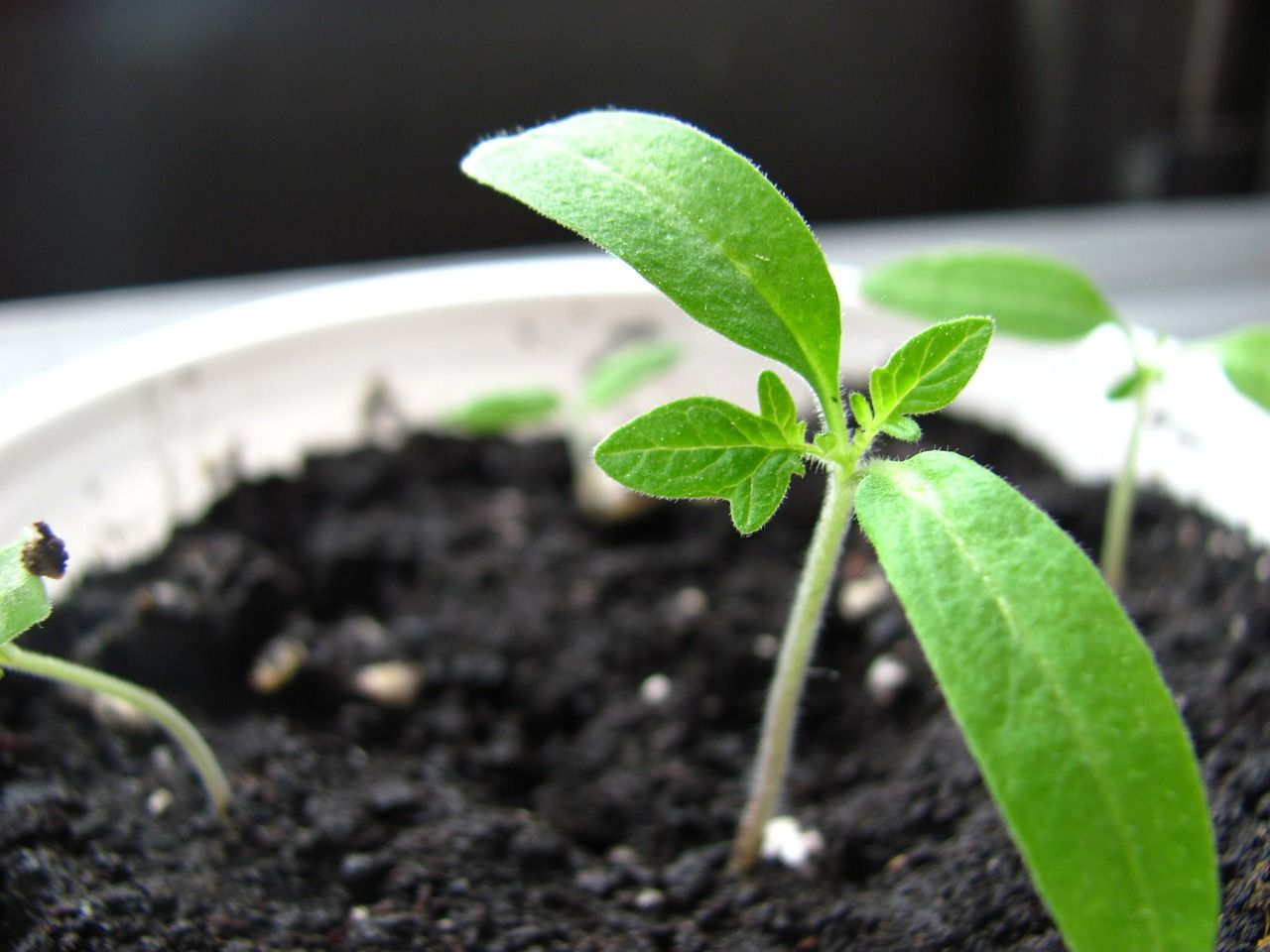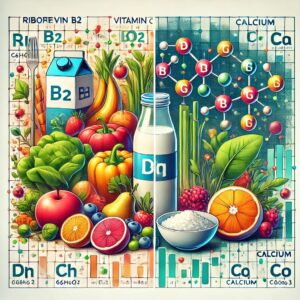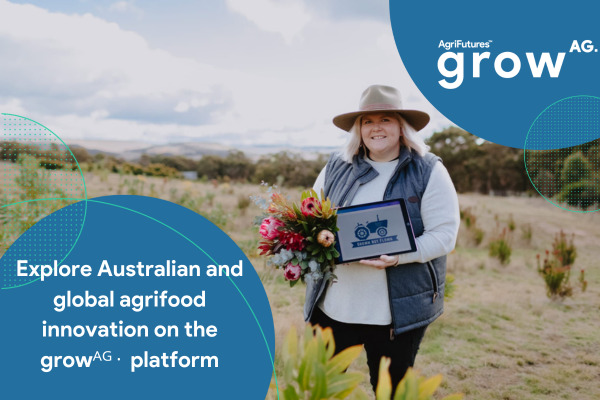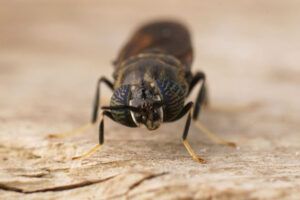Swiss agribusiness Syngenta has announced the winners of its first ever Syngenta Crop Challenge. Launched in November 2015, the challenge tasked teams with creating a seed prediction method for farmers in the first case-style competition of its kind.
The program was conducted in collaboration with The Institute of Operations Research and Management Sciences (INFORMS). Touting some 12,000 members from around the globe, INFORMS is an international association of professionals in analytics and operations research dedicated to advancing best practices in the field.
The Challenge tasked participants with developing a model that predicts the seed varieties farmers should plant next season to maximize yield. The inaugural competition was designed to address the challenge of global food security by fueling innovation among experts applying advanced analytics in biochemistry and agriculture.
The finalists made their presentations on April 11, 2016, at the INFORMS Analytics Conference in Orlando, Florida. Programs were evaluated based on the rigor and validity of the process used to determine seed varieties, the quality of the proposed solution and the finalists’ ability to clearly articulate the solution and its methodology.
First place was awarded to Xiaocheng Li, Huaiyang Zhong, and Associate Professors David Lobell and Stefano Ermon, a team from Stanford University. The team was awarded a $5,000 prize for their entry, “Hierarchy modeling of soybean variety yield and decision making for future planting plan,” which modeled a system for predicting soybean seed variety selection.
“It has been a wonderful experience working with Syngenta on this project, and we are excited about the impact our work can have on improving crop yields and addressing food security challenges,” said Xiaocheng Li. “Operations research and advanced analytics can contribute to variety development and evaluation, reducing costs and improved efficiency. Extracting useful insights from massive, unstructured datasets informed our findings and proves to us there is a lot of potential for modern operations research and computer science techniques in agriculture.”
The runner-up, “Decision assist tool for seed variety selection to provide the best yield in known soil and uncertain future weather conditions,” authored by Nataraju Vusirikala, Mehul Bansal, Prathap Siva Kishore Kommi, received a $2,500 prize.
The third place entry, “Balancing weather risk and crop yield for soybean variety selection,” authored by Bhupesh Shetty, Ling Tong, Samuel Burer, received a $1,000 prize.
What stood out about the winning team? According to Syngenta head of soybean seeds product development Joe Byrum, it was the depth and breadth of their solution. Overall, he and the rest of the judges were excited by the diversity of solutions presented.
“There were unique insights from at least 30 of the submitted solutions,” Byrum tells AgFunderNews. “The driving force behind this competition involves a recognition that selecting a variety or hybrid is the single biggest decision that a grower can make every year. Planting seeds represents a committed step—once the seed is planted, you cannot reverse the decision.”
As a result, cultivating best in class analytics gives the growers more power when it comes to making the right choice, reducing risk, and increasing profit, he adds. There are also potential applications for crop insurance and financing.
One thing is clear. All of the participating teams walked away with a new view of agriculture and technology.
According to Li, her team entered the competition to find new innovative ways to address sustainability challenges with computer science and operations research. When it comes to innovation, however, she feels that agriculture is far behind other industries. Her teammate echoes that sentiment.
“The reason may be the lack of data and people’s understanding of agriculture,” says Yu Zhao, also a member of the first place team. “More attention should be put on agriculture research especially with the most advanced OR techniques.” Looking forward, Zhao thinks an interdisciplinary approach is needed, combining the latest machine learning techniques with an economic analytical framework to solve agriculture’s problems.
Third place team member Professor Sam Burer adds: “We have heard a lot about data collection using machines and satellites, but we haven’t heard as much about prediction and optimization. So we thought the existing innovation was more on the hardware side than the software side.” Now, Burer has a broader view of agriculture, which he describes as a very intricate system with many layers of people, technology, and nature.
This view runs in line with that of Matt Crisp, CEO of Benson Hill Biosystems, who last week promoted Cloud Biology for agriculture; using and sharing machine learning and big data analytics to discover agbio products in less time than traditional methods.
Next year’s Crop Challenge will be announced this May with submissions due in January 2017. For more details about the next Syngenta Crop Challenge and to register, click here.
If you’re on the fence about participating in the challenge, Burer has some advice.
“Not many companies are willing to engage the community with their problems and data and those that are willing to engage do so only for doing prediction,” says Burer. “Syngenta has been willing to engage in both prediction and optimization/decision making, which is very valuable to students in analytics.”
Have news, tips, or want to write a guest commentary? Email [email protected]















Sponsored
Sponsored post: The innovator’s dilemma: why agbioscience innovation must focus on the farmer first